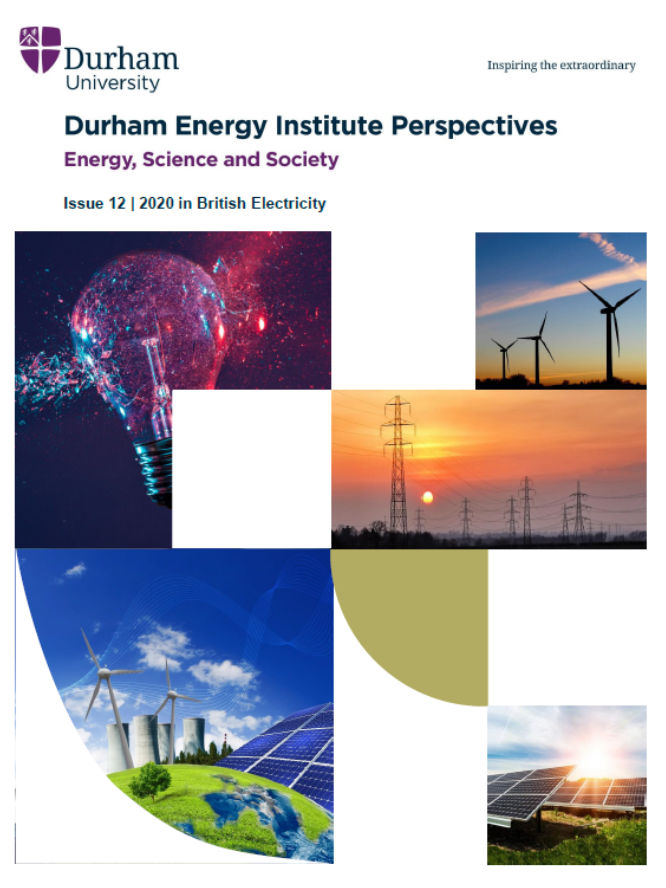2020 in British Electricity - Progress on Decarbonising our Electricity

The latest DEI Perspectives is a collaboration with MyGridGB reviewing the trends of the British Electricity mix in 2020 and what progress has been made on decarbonising our electricity. 2020 has seen records broken and may well be a turning point in our decarbonising power system!
Our review of British Electricity in 2020 showed that the carbon intensity of our electricity mix continued to fall with the contribution of Wind power reaching record levels. However how will the expected increase in demand for low-carbon electricity be met in the future?
The latest issue of DEI Perspectives is a collaboration between MyGridGB and Durham Energy Institute.
The paper reviews the trends of the British Electricity mix in 2020 and what progress has been made on decarbonising our electricity.
2020 may well be a turning point in our decarbonising power system!
Highlights from 2020:
- British electricity carbon intensity has more than halved in a decade and continued to drop in 2020.
- 2020 was the first year to see more than 6 months with no British coal power stations online.
- Increase of EVs and electrification of heating will lead to an increase in demand for low-carbon electricity.
- Wind output reached record levels in 2020. For the first time ever, wind provided more than a fifth of British electricity and outstripped nuclear power.
- Nuclear contributed 10% less power in 2020 however there is uncertainty as to whether this trend will continue through 2021 and into the future.
The paper goes on to 'future gaze' on the role that Nuclear, Carbon Capture and Storage, Hydrogen and Geothermal Energy could have in decarbonising our energy system and reducing the burden on the electricity grid.
Read the full British Electricity in 2020 DEI Perspectives


/prod01/prodbucket01/media/durham-university/research-/research-institutes/durham-energy-institute/landscapes-cityscapes-montages-etc/Walney-sunset-2000X800.jpg)
/prod01/prodbucket01/media/durham-university/research-/research-institutes/durham-energy-institute/technologies/wind/Wind-offshore-DONG-poster-image.jpg)
/prod01/prodbucket01/media/durham-university/research-/research-institutes/durham-energy-institute/landscapes-cityscapes-montages-etc/Ana-Rakonjac-1.jpg)
/prod01/prodbucket01/media/durham-university/research-/research-institutes/durham-energy-institute/technologies/oil--gas/Oil_platform_P-51_(Brazil).jpg)
/prod01/prodbucket01/media/durham-university/research-/research-institutes/durham-energy-institute/technologies/solar--pv/Solar-Panel-Toby--Hogg-Resized.jpg)